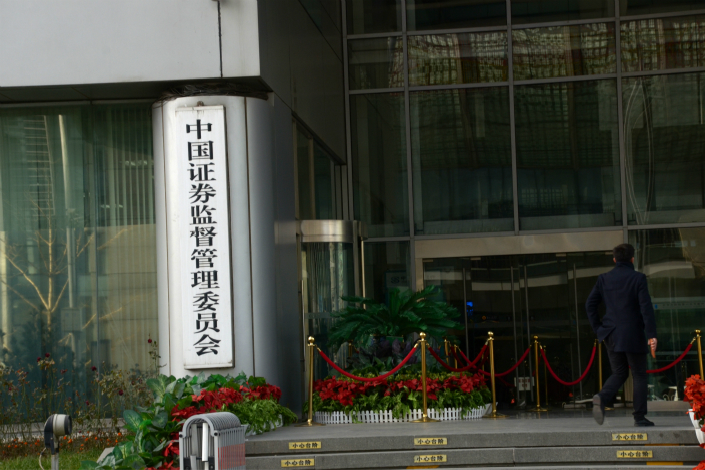China Ends Curbs on Derivatives as Stock Market Stabilizes

China’s securities regulator is ending curbs on exchange-traded derivatives, which were seen as one of the culprits behind the stock market rout two years ago.
During the market crash in the summer of 2015, short-selling of stock index futures amplified already high volatility. The capitalization of China’s stock market lost 40%.
In a bid to contain the meltdown, the China Securities Regulatory Commission (CSRC) rolled out in phases what investors called harsh restrictions aimed at curtailing index futures trading.
“Temporary measures aimed to stabilize the market amid abnormal trading volatility are all ending,” the CSRC said in a statement late Tuesday. “Recent operational data also suggest that the stock market is improving on a steady foundation.”
The regulator added that during the first seven months of this year, the Shanghai Stock Exchange Composite Index largely hovered between 3,000 and 3,300 in a trading range of less than 8.98%. And during the 140 trading days within the same period, the daily change of the Shanghai Composite Index was less than 2%; the Shenzhen index also showed a narrowed trading range.
The CSRC also said the valuation of A-shares is more rational now. The price-to-earnings ratios of benchmark indexes are 12 to 15, lower than the 20-plus figures of the Dow Jones Industrial Average and S&P 500.
Severe curbs instituted since 2015 included increasing the transaction fees by 100 times and limiting trading volume to 10 contracts a day.
Trading of stock index futures plunged as a result, according to data compiled by the China Financial Futures Exchange. Turnover in popular index futures contracts linked to the SSE 50 Index dropped by 99.3% in June 2016 from a year earlier, while CSI 500 Index futures shrank 97.4% in the same period.
In February this year, or 18 months after the curbs were put in place, the CSRC eased up but “in a gradual and orderly” manner. At that time, the trading limit doubled to 20 contracts a day, while margin requirements and trading fees for derivatives were lowered.
The Shanghai Stock Exchange Composite Index rose 15.5% from March through December 2016, while the Shenzhen Stock Exchange Component Index gained 11.9% during the same period. The CSRC said it was a result of “a series of measures to clear up potential risks, safeguarding a steadier and smoother operation of China’s financial market.”
Contact reporter Leng Cheng (chengleng@caixin.com) and Aries Poon (ariespoon@caixin.com)

- 1China Moves to Tighten Air-Quality Standards as Beijing Reports Best-Ever Skies
- 2China Threatens EU After Carbon Border Tax Takes Effect
- 3Gansu Ex-Vice Governor Jailed 15 Years for Bribery, Insider Trading
- 4Cover Story: How Resource Nationalism Is Redrawing the Global Mineral Playbook
- 5 Exclusive: Wingtech Chair Vows to Regain Control of Nexperia After 100-Day Standoff
- 1Power To The People: Pintec Serves A Booming Consumer Class
- 2Largest hotel group in Europe accepts UnionPay
- 3UnionPay mobile QuickPass debuts in Hong Kong
- 4UnionPay International launches premium catering privilege U Dining Collection
- 5UnionPay International’s U Plan has covered over 1600 stores overseas




